International Heritage Centre blog
Pastries with Principles: The Salvation Army's Social Wing Bakery

Pastries with Principles: The Salvation Army’s Social Wing Bakery
Our regular readers will know that each year The Salvation Army Heritage Centre team celebrates the Great British Bake Off by cooking up our own bevy of bakes. Last year we took inspiration from historic Salvation Army recipes discovered in the archive, all of which can be found in our 2020 Bake Off blog post.
This year we’ve dedicated our bakes to the Social Wing Bakery, one of the many social schemes initiated by The Salvation Army at the fin de siècle. This blog has previously explored several of The Salvation Army’s ‘Darkest England’ schemes including The Salvation Army Match Factory, Salvage/Recycling Centres and Rescue Homes. With the arrival of autumn and #GBBO baking fever we thought it was high time for The Salvation Army’s Social Wing Bakery to see some of the limelight; so, grab a cuppa and a piece of cake and prepare to have your cravings fed!
If you were to peruse The War Cry in 1891, amongst the ads for hats, hosiery, books and ‘Darkest England matches’ you may spot the sporadic advertisement for The Social Wing Bakery.
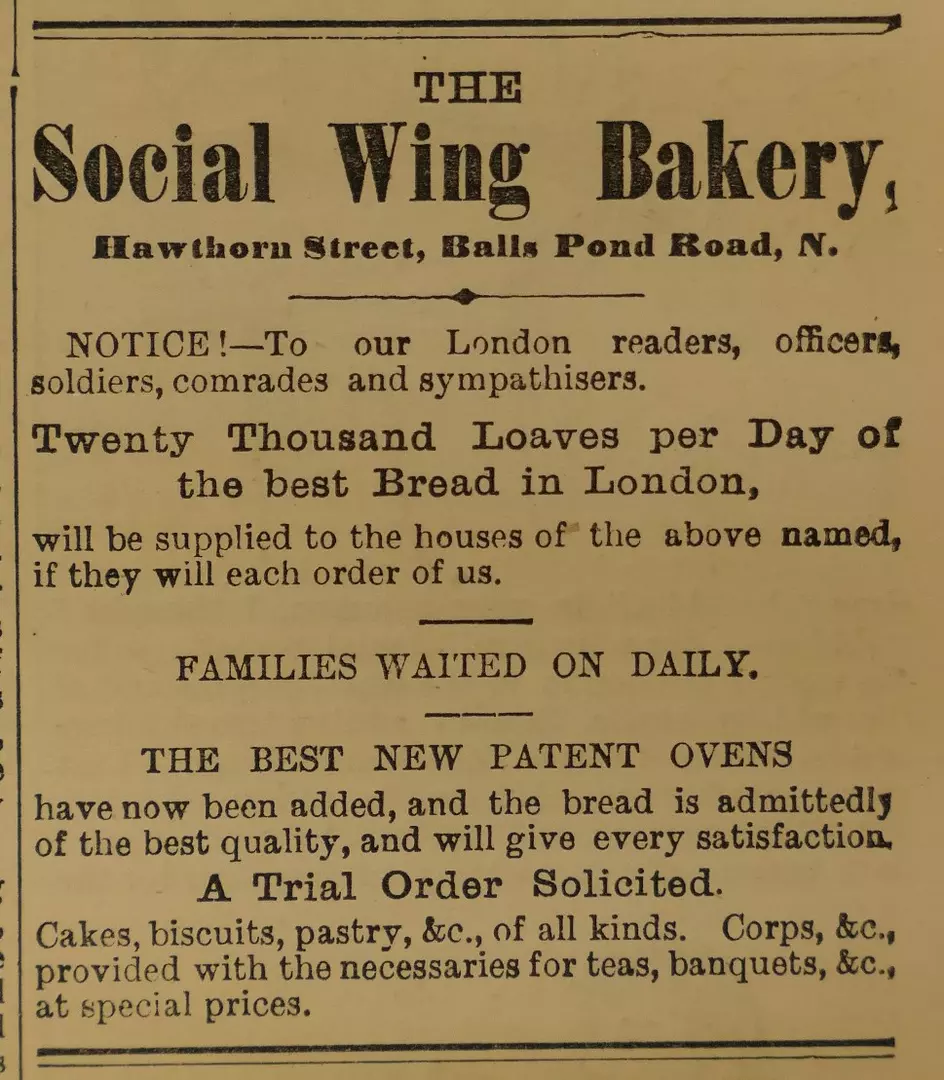
Devised on a similar model to The Salvation Army Match Factory, the Social Wing Bakery provided employment for local workers and produced essential funding for The Salvation Army’s social assistance programmes. All profits made from the bakery were pumped back into the Men’s and Women’s Social Services departments ‘to feed the hungry, clothe the naked, and shelter the homeless’.
The bakery boasted
as well as a mouth-watering selection of sweet treats such as ‘small fancy breads, tarts, scones, custards, buns, shortbread and cakes of all kinds’.
...Anyone else feeling hungry yet?
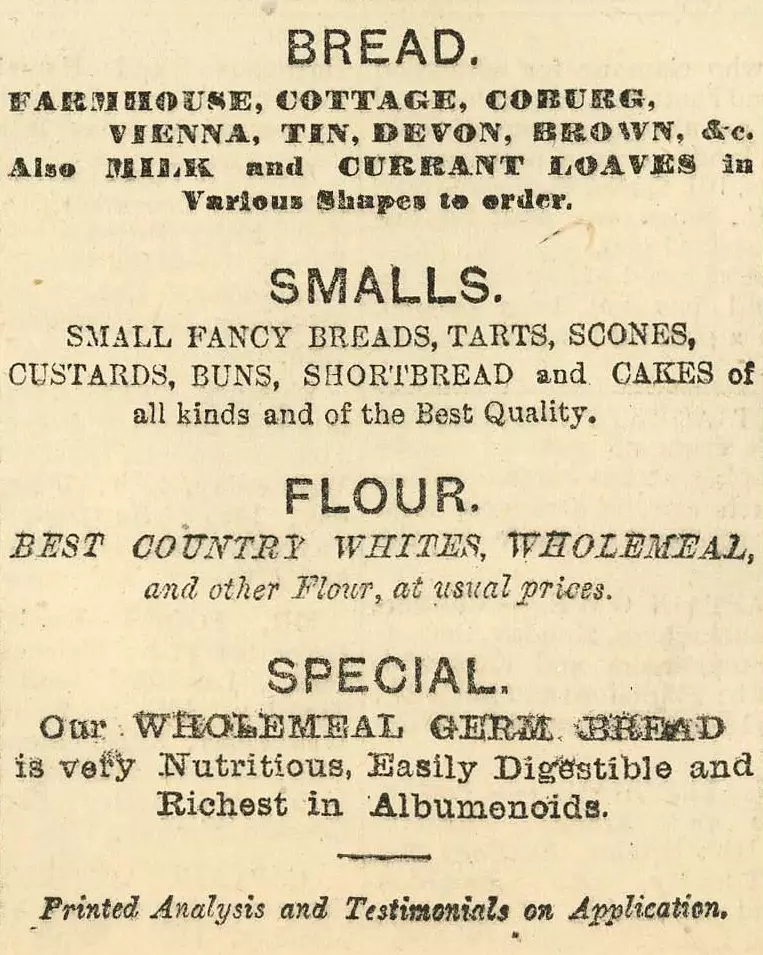
In addition to this, the bakery offered daily deliveries of bread and pastries from their factory in Islington, which, as we know from the advertisements, was situated on Hawthorn Street (now Hawthorne Close) near Balls Pond Road. This handful of advertisements from The War Cry and the Darkest England Gazette, along with a few snippets from The War Cry’s ‘Winglets from the Wing’ social section in the 1890s, are the only known sources in our archives about the Social Wing Bakery.
Further investigation at the Wellcome Collection reveals The Salvation Army Bakery referenced in Islington’s Medical Officer of Health reports from 1898-1914. During this period bakehouses across London were inspected as a matter of routine by a Health Inspector each year. There is some discrepancy over the spelling, with the reports recording ‘Hawthorne Street Salvation Army Bakery (Factory)’ or ‘S.A. Bakery, Hawthorne Street’, but these reports tell us that the bakery was still in production, at least up until this point. In 1915, the bakeries cease to be listed by name in the Medical Officer’s reports, so we lose sight of The Salvation Army’s Social Wing Bakery again at this time.
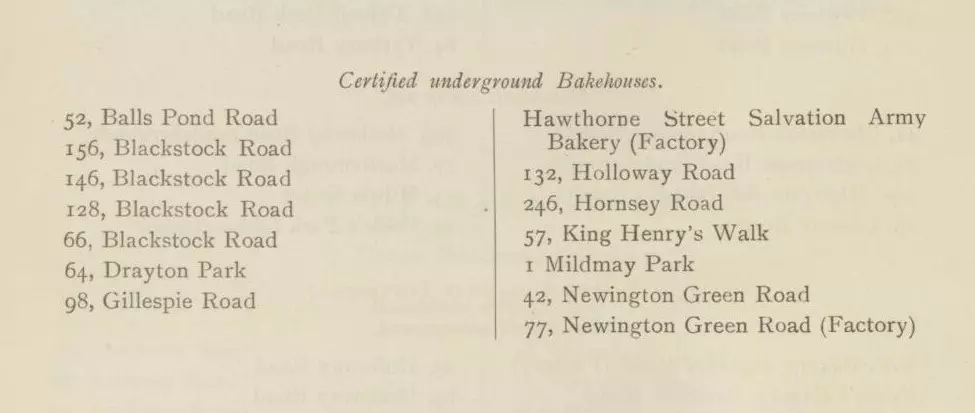
However, our sources from the Darkest England Gazette also tell us that while the Social Wing Bakery had
not all London bakeries held such standards. Whilst researching the Salvation Army’s bakery I came across a most unsavoury article in the Darkest England Gazette entitled ‘THE HORRORS OF A LONDON BAKERY’.

Following this eye-catching headline, the article reported the closure of an unnamed ‘west end’ bakery that had been condemned by the Marylebone Vestry after its health inspection in 1893. The report states that the bakery was
which, as well as being physically perceptible ‘crawling over the dough’, were also detectable by their characteristic ‘bad smell’ which clouded the bakery. The bakery was immediately closed, and its baker instructed to carry out the recommended hygiene improvements within six weeks. Cross referencing this description with the Marylebone Medical Report from 1893 indicates that the bakery in question was most likely that at 58 George Street, Portman Square, as detailed in the below report.

Highlighting the poor practice and hygiene of a competing supplier in a revealing expose, dovetailed with mouthwatering advertisements for The Salvation Army’s baked goods demonstrates a shrewd marketing strategy from the editor of the Gazette. However, the marketing also had a moral goal: to demonstrate that it was possible to provide high-quality goods produced from fairly-paid labour, and to reap profits that were invested back into The Salvation Army’s social support schemes. The moral of this tale can only be…

In celebration and memory of the Social Wing Bakery (and because we love an excuse to bake and eat cakes), for this years’ Great British Bake Off bake-along we have drawn our inspiration from the Social Wing Bakery menu. With a wide selection of cakes, tarts, scones and buns, and more types of bread than you can shake your rolling pin at, we were spoilt for choice...
Maddie’s Manchester Tart
This is a traditional English tart made with shortcrust pastry coated with jam and filled with custard. Maddie opted for a rich cherry jam filling and found the tart ‘tasty but not visually appetising’!

A modern take on fruit cake…
Inspired by the fruits of his labour Steven whipped up a plum cake using homegrown fruits from his allotment. For those who aren’t a fan of a traditional fruit cake we can safely say that this one is deliciously moreish and didn’t last long!

Time for tea
Ruth opted for a teatime classic and tried her hand at a traditional scone recipe – delicious with lashings of clotted cream and strawberry jam.

Autumn flavours
Taking us into the cooler months, Steven opted for an autumnal classic, ginger cake. This Victorian recipe sourced from English Heritage is made with a generous helping of black treacle which makes it a chewy, rich cake, closer to a traditional parkin.
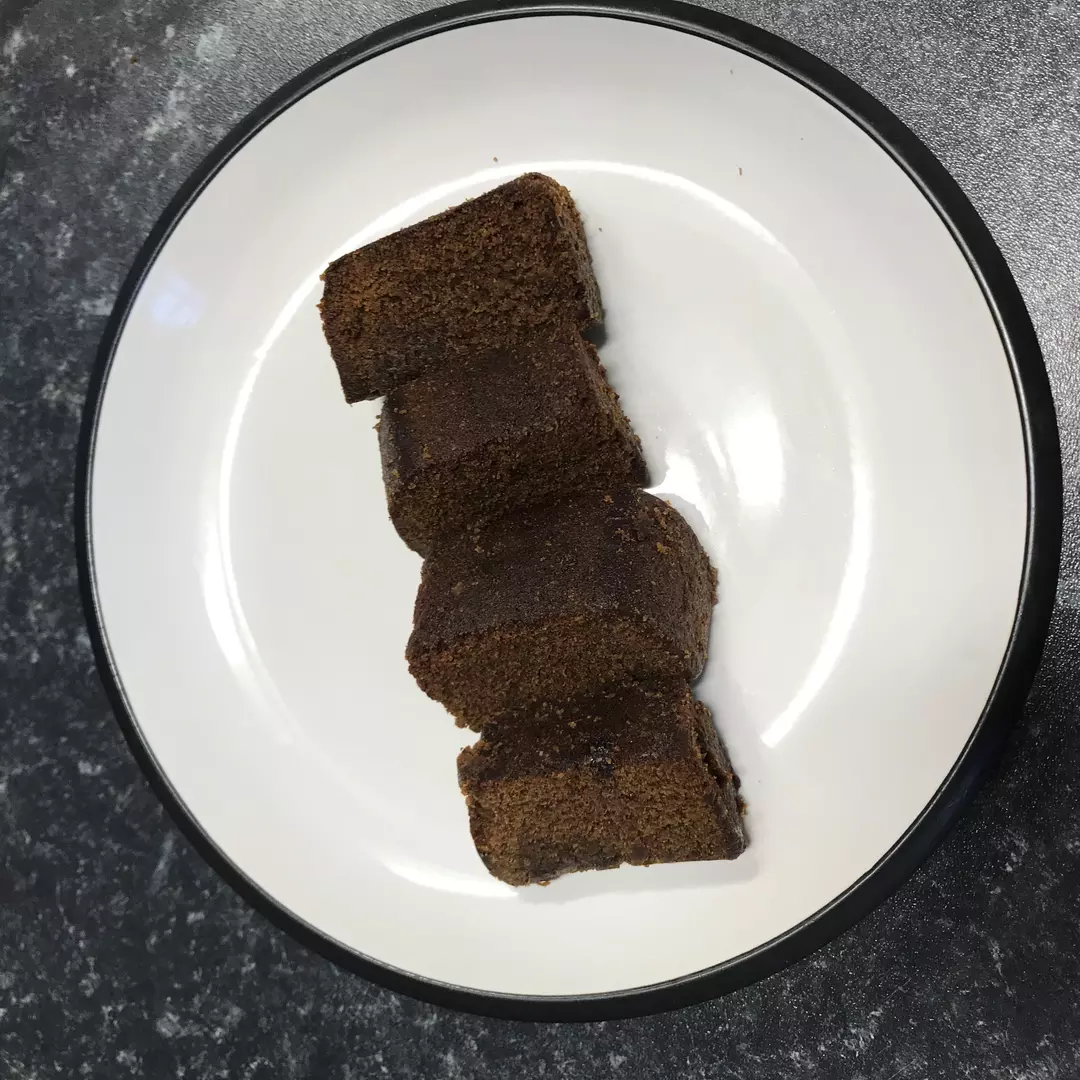
Back to basics
From humble beginnings to a luxury biscuit, shortbread has been beloved by the Scots since the medieval era and was one of the ‘small treats’ baked by The Social Wing Bakery in the 1890s. With a soft cakey centre and satisfyingly crunchy base, it’s easy to see why shortbread has successfully stood the test of time.

Fit for a Queen
These Victoria Buns celebrate a recipe devised by the original queen of baking, Isabella Beeton! They’re not as famous as her Victoria Sponge but these buns were also named for Beeton’s monarch, Queen Victoria (1832-1901), and have the texture and taste of a rock cake crossed with a scone – a tasty afternoon treat!

Chloe
November 2021
Read other blogs from the Heritage Centre
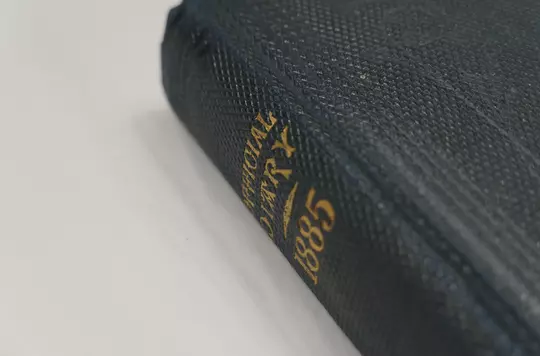
A Year in the Life of Florence Booth
This month we explore Florence Booth's 1885 diary, revealing first hand experiences of The Salvation Army's Women's Social Work programme and the infamous 'Maiden Tribute' trial, as well as marriage and motherhood in Victorian Britain.
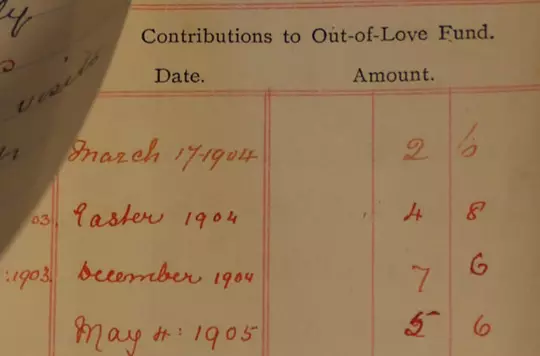
Out of love and small earnings
Find out more about the Out-of-Love Fund, money that 'out of small earnings was gladly and spontaneously given’...
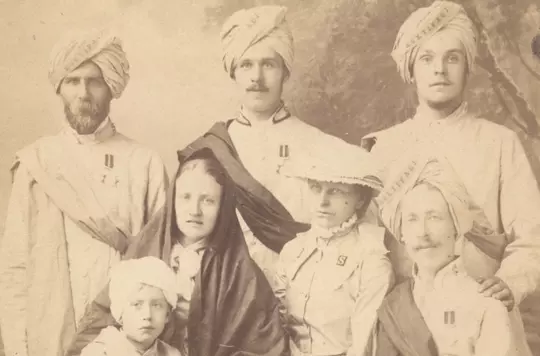
In Greenest India
Archivist Ruth Macdonald takes a look at a tree-planting initiative undertaken by The Salvation Army in India in the early twentieth century.

All the World’s a Fair: The World-Wide Salvation Army Exhibition, 1896
125 years later, we revisit the 1896 exhibition in the context of the nineteenth-century history of World Fairs.